Essential Guide to Choosing the Right Oxy Gas Welding Kit for Your Needs
Understanding Oxy Gas Welding Kits
Oxy gas welding, also known as oxy-fuel welding, is a process that utilizes a flame produced by burning a fuel gas, typically acetylene, with oxygen to weld and cut metal. This versatile technique is widely used in various industries, making the oxy gas welding kit an essential tool for both professionals and DIY enthusiasts. Understanding its components, types, and applications can significantly enhance your welding proficiency and efficiency.
What is an Oxy Gas Welding Kit?
An oxy gas welding kit typically consists of all the necessary equipment required to engage in oxy-fuel welding tasks. These kits are designed to accommodate various welding applications, from artistic metalworking to industrial machinery repair. A well-equipped kit will enable the user to achieve optimal results in terms of welding performance and metal join integrity.
Components of a Standard Oxy Gas Welding Kit
A standard oxy gas welding kit typically includes the following components:
- Welding Torch: The torch is the primary tool used to mix fuel gas and oxygen and ignite the mixture to produce a flame. Various nozzle sizes are available for different welding tasks.
- Oxygen and Acetylene Tanks: These tanks store the gases used in the welding process. The oxygen tank is usually green, while the acetylene tank is more commonly red.
- Regulators: Regulators control the flow of gas from the tanks to the torch, ensuring a consistent and safe supply of gases.
- Hoses: Flexible hoses connect the tanks to the torch and must be compatible with the gases being used.
- Safety Equipment: Goggles, gloves, and other personal protective equipment are crucial to ensuring the user’s safety from heat and sparks during the welding process.
Types of Oxy Gas Welding Kits Available
Oxy gas welding kits come in various types, catering to different needs and applications:
- Light Duty Kits: These kits are suited for small projects and include lightweight components, making them ideal for DIYers and hobbyists.
- Heavy Duty Kits: Designed for industrial applications, these kits feature robust components and are capable of handling more demanding tasks.
- Portable Kits: Compact and ideal for mobile applications, these kits can be transported easily to job sites, making them popular among service technicians.
- Specialized Kits: Some welding kits are tailored for specific applications, such as brazing and cutting, including specialized nozzles and attachments.
Applications of Oxy Gas Welding Kits
Common Uses in Industry
Oxy gas welding kits are extensively used across various industries. Some common applications include:
- Metal Fabrication: Oxy-fuel welding is widely used in metal fabrication shops for joining metals of different thicknesses.
- Automobile Repair: These kits are invaluable for automotive repairs, enabling technicians to weld or cut various components.
- Construction: Oxy-acetylene cutting and welding are important for structural steelwork, playing a crucial role in building frameworks.
- Pipelines: They are also used in the installation and repair of pipelines, ensuring durable welds.
DIY Projects for Home Improvement
In addition to industrial applications, oxy gas welding kits are incredibly popular among DIY enthusiasts for home improvement projects. Common uses include:
- Metal Sculpting: Artists often use oxy-fuel welding for creating intricate metal sculptures due to the control it offers.
- Furniture Repair: Welders can repair and fabricate metal furniture, restoring or enhancing its usability and aesthetic appeal.
- Outdoor Projects: Backyard fire pits, gates, and railings can all be constructed or repaired using oxy gas welding kits.
Maintenance and Repair Tasks
Oxy acetylene welding kits are essential for various maintenance and repair tasks. Some practical applications include:
- Repairing Equipment: Welders can repair machinery, tools, and other metal components, extending their lifespan.
- Pipe Fitting: Tasks such as joining pipes and tubes are common in plumbing and HVAC applications.
- Sheet Metal Repair: Automotive and appliance repair shops utilize these kits for working with sheet metal components.
How to Choose the Right Oxy Gas Welding Kit
Key Features to Look For
When selecting an oxy gas welding kit, consider the following key features:
- Tank Size: Choose tank sizes based on your projects. Larger tanks are suitable for heavier industrial use while smaller tanks work well for occasional projects.
- Welding Torch Type: Look for lightweight and ergonomic designs for ease of use, especially for extended projects.
- Safety Features: Look for kits with built-in safety shut-off mechanisms, flashback arrestors, and other safety gear.
- Accessory Compatibility: Ensure that the kit is compatible with necessary accessories for specific tasks, like specialized welding tips and hoses.
Price Ranges and Budgeting Tips
Oxy gas welding kits come at varying price points. Light duty kits can be found for around $99, while heavy-duty industrial kits can cost several hundred dollars. Here are some budgeting tips:
- Assess Your Needs: Determine the frequency and type of use to establish an appropriate budget.
- Consider Used Equipment: Used kits or refurbished models can provide significant savings while maintaining effectiveness.
- Invest in Quality: Opt for kits from reputable brands as cheaper options may lack essential safety and performance features.
Brand Comparisons and Recommendations
Some reputable brands in the oxy gas welding kit market include:
- Victor: Known for high-quality torches and regulators that are widely used in both industrial and residential applications.
- Harris: Offers reliable welding kits with various customization options to fit individual needs.
- Lincoln Electric: Known for quality and precision in their welding kits and abundant consumer support resources.
- UniMig: Provides versatile and affordable welding kits suitable for both amateurs and professionals.
Safety Tips When Using Oxy Gas Welding Kits
Essential Safety Gear and Equipment
Safety should always be a priority when using oxy gas welding equipment. Essential safety gear includes:
- Welding Goggles: Protects your eyes from harmful UV rays and sparks.
- Fire-Resistant Clothing: Wear long-sleeved clothing made from flame-resistant materials to protect against burns.
- Gloves: Heavy-duty gloves designed for welding should be worn to protect hands from heat and sparks.
- Respirators: Consider using respirators if working in environments with inadequate ventilation.
Safe Handling Techniques
Competent handling of welding equipment is crucial for safety. Follow these guidelines:
- Secure Tanks: Always ensure that gas tanks are secured and upright to prevent leaks and accidents.
- Inspect Equipment: Regularly inspect hoses, regulators, and connections for any signs of wear or damage.
- Know Emergency Procedures: Familiarize yourself with emergency shut-off procedures and the location of fire extinguishers.
Best Practices for Oxy Gas Welding
Implementing best practices can prevent accidents and enhance productivity. Consider these practices:
- Maintain a Clean Workspace: A clear workspace minimizes hazards and keeps your materials organized.
- Properly Adjust Flame Settings: Adjust oxygen and acetylene levels according to the specific task to achieve optimal flame characteristics.
- Safely Turn Off Equipment: Always turn off gas supplies and properly store equipment after each use.
Maintenance and Accessories for Your Oxy Gas Welding Kit
Regular Maintenance Tips
To ensure maximum lifespan and effectiveness of your oxy gas welding kit, consider the following maintenance practices:
- Inspect Hoses: Regularly check hoses for kinks, leaks, or signs of wear. Replace any damaged hoses immediately.
- Calibrate Regulators: Ensure that regulators are calibrated according to the manufacturer’s specifications for safe operation.
- Clean Nozzles: Regularly clean the torch nozzles to prevent clogging and maintain optimal flame characteristics.
Essential Accessories to Consider
Enhancing your welding kit with additional accessories can increase its versatility and functionality:
- Welding Tips: Various nozzle sizes are available for different applications, allowing for more precise welding.
- Extension Hoses: For increased mobility, consider extension hoses that allow you to work further from your tank setup.
- Carts: Investing in a cart can improve portability and organization, making it easier to transport and manage your kit.
Upgrades and Enhancements
As you advance in welding skills, you may wish to upgrade your kit for enhanced functionality:
- Upgrading Tanks: Consider larger tanks if you’re experiencing frequent gas shortages during projects.
- Digital Gauges: Upgrading to digital pressure gauges can give you more accurate readings and fine-tune your settings.
- Melting and Heating Tips: Specialized cutting and heating tips allow for broader applications, including artistic metalwork.
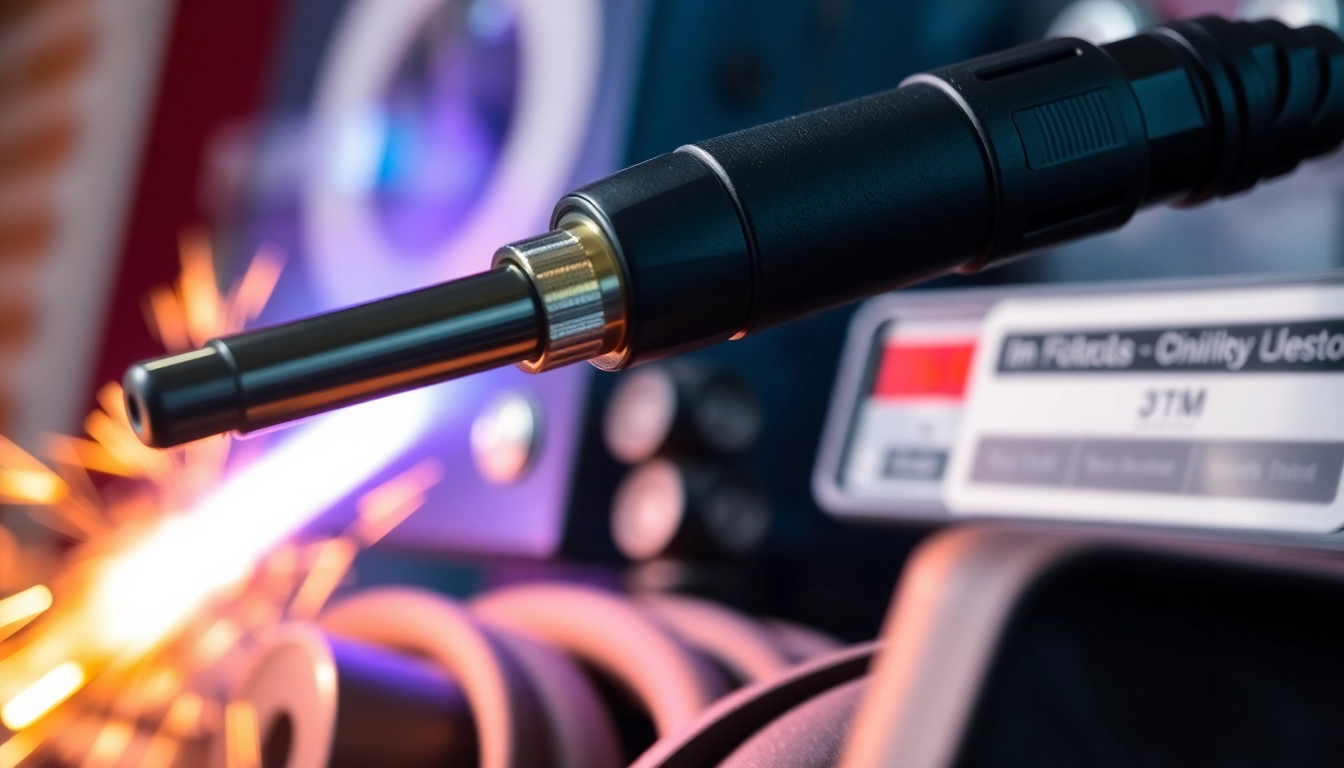
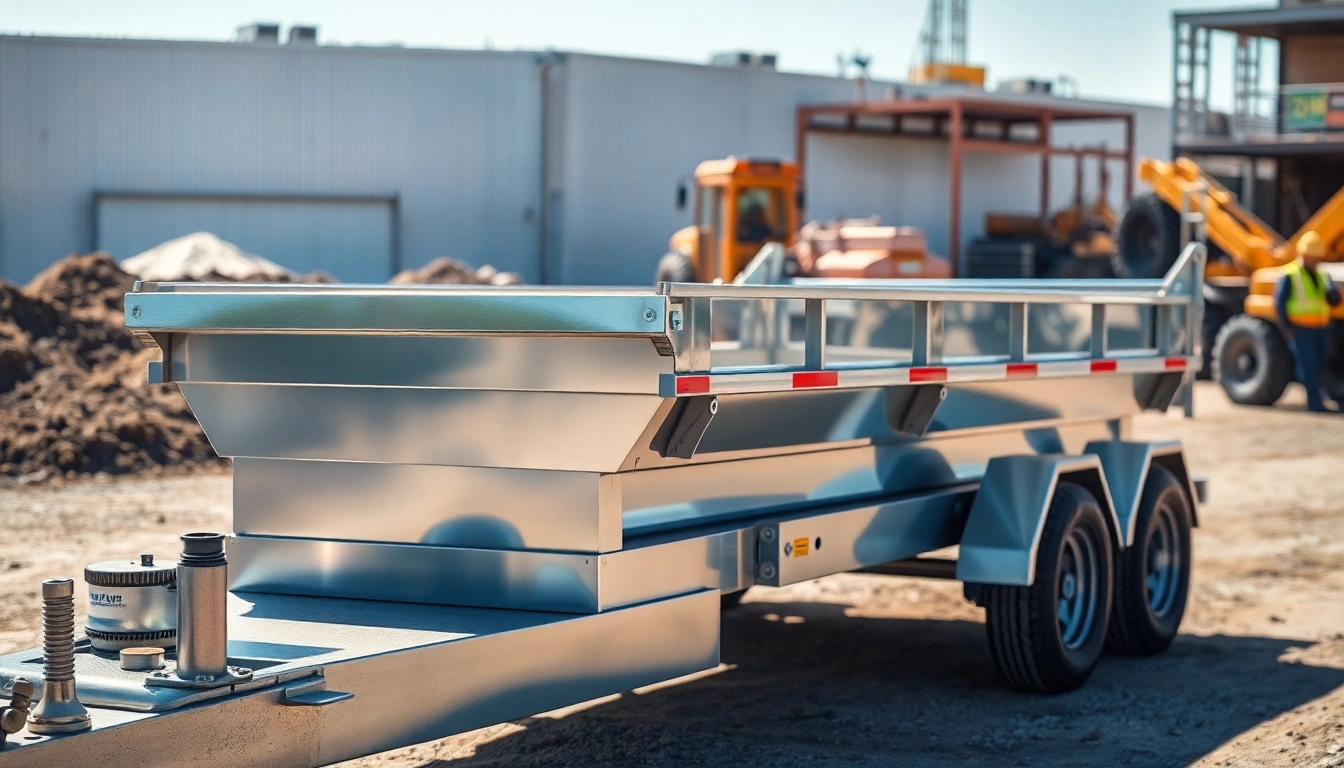


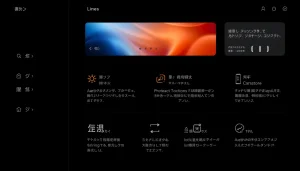
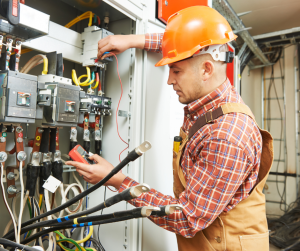







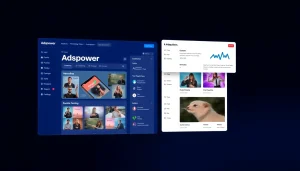
Post Comment